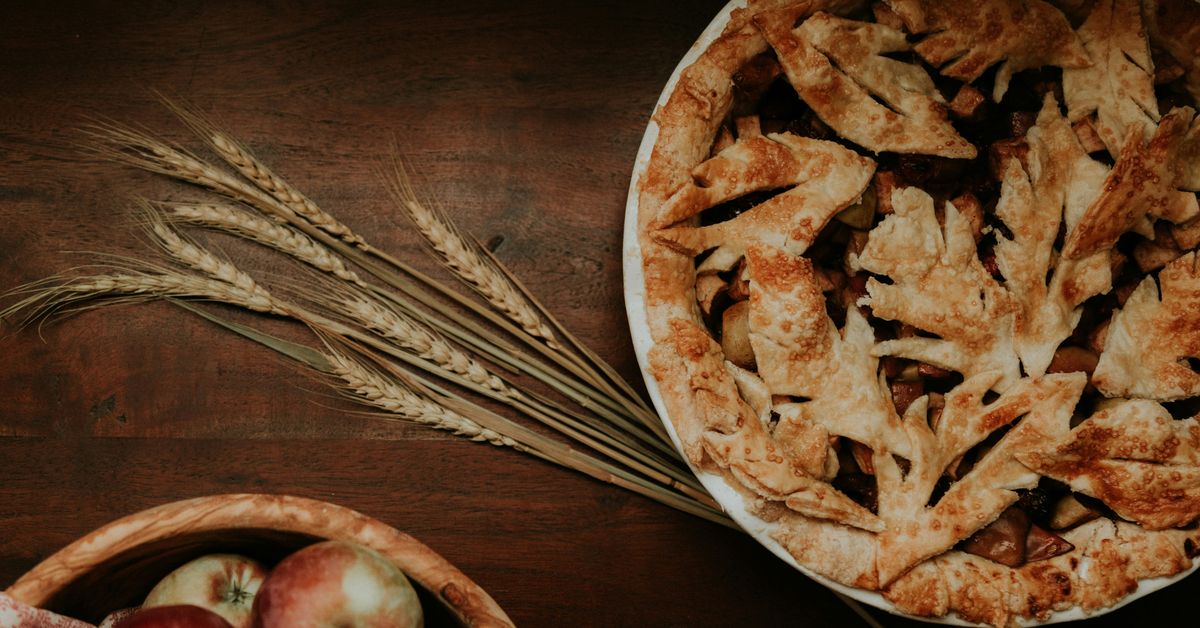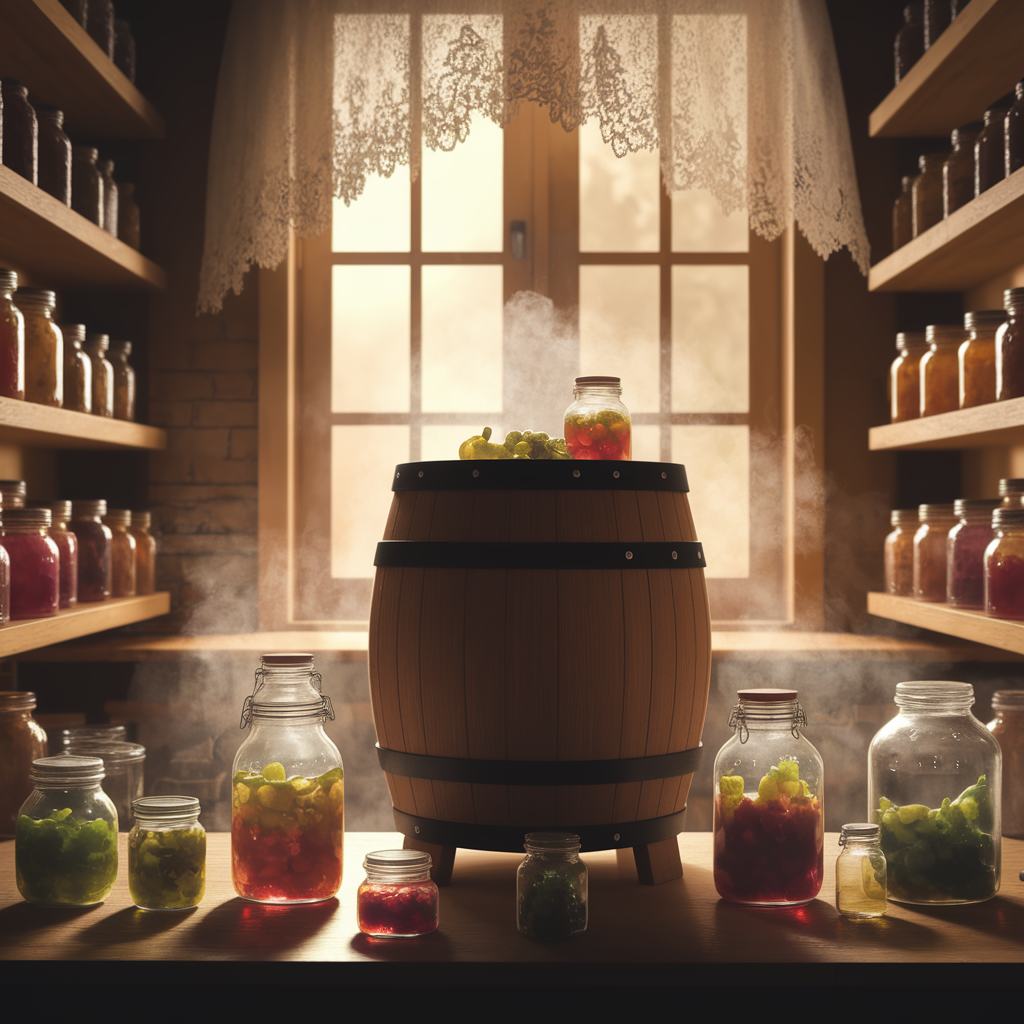Introduction: A Sweet Obsession
Have you ever found yourself in a bakery, staring at an array of desserts, and suddenly feeling that familiar tug at your heartstrings? You might be pondering: what is it about these confections that makes them so utterly irresistible? From the first bite of a gooey chocolate brownie to the delicate crunch of a macaroon, desserts have a way of captivating our senses and emotions. In this article, we will delve into the intriguing psychology, science, and culture behind these sweet temptations, revealing what truly makes them addictive.
The Science of Sweetness
Let’s start with the basics: sugar. It’s the star of the show, the sweet nectar that draws us in. But why does sugar have such a powerful grip on our cravings? Research suggests that sugar activates the brain’s reward system, releasing feel-good chemicals like dopamine. According to Dr. David Ludwig, an obesity researcher at Boston Children’s Hospital, “Sugar is more than just a sweet treat; it acts like a drug in the brain.” It’s that pleasure response that leaves us yearning for more.
The Sugar Rush
When you eat something sweet, you’re not just satisfying your taste buds; you’re also triggering a cascade of chemical reactions in your body. That quick spike in blood sugar leads to a rush of energy, often accompanied by an equally fast crash. This cycle can create a powerful loop of craving. The irony? The more you indulge, the more your body demands it. I remember my own experience with a particularly decadent chocolate cake—it was like a siren song, calling me back for seconds (and thirds).
Texture and Temperature: A Sensory Delight
But sweetness alone doesn’t tell the whole story. The texture and temperature of desserts can play a significant role in their appeal. Think about the contrast between a crunchy cookie and a velvety panna cotta. Each texture elicits a different sensory response, adding to the overall experience. The coolness of ice cream on a hot day? Pure magic. The warm gooeyness of a lava cake? It’s like a cozy hug for your taste buds.
The Power of Contrast
Food scientists have long studied how different textures can enhance enjoyment. In fact, a study published in the journal Appetite found that people tend to prefer foods that offer a contrast in textures. A crispy topping on a creamy dessert, for instance, can create a more dynamic eating experience. It’s like a little party in your mouth! And who doesn’t love a good party?
Cultural Connections: Nostalgia on a Plate
As we dig deeper, we discover that our love for desserts is often rooted in personal and cultural histories. Many of us have fond memories tied to sweet treats, whether it’s grandma’s famous apple pie or the first birthday cake we ever had. These memories can evoke powerful emotions, making certain desserts feel more addictive than others.
The Role of Tradition
In many cultures, desserts are a staple of celebration and community. Think of the elaborate pastries served at weddings or the rich chocolate cakes at holidays. Each bite carries with it a sense of tradition, a connection to family and friends that can be profoundly comforting. I remember the excitement of family gatherings, where dessert was the grand finale after a feast—each slice of cake represented more than just sugar and flour; it was love served on a plate.
The Allure of Presentation
Let’s not underestimate the impact of presentation. Have you ever noticed how some desserts seem to whisper, “Eat me!” just by their appearance? The vibrant colors, the artful arrangements, the delicate garnishes—all of these elements contribute to our desire to indulge. A dessert that looks good is often perceived as tasting better, a concept supported by psychological studies.
Visual Appeal and Expectation
According to a study published in the journal Food Quality and Preference, people often judge the taste of food based on its visual appeal before even taking a bite. This means that a dessert that looks scrumptious can heighten expectations and lead to a more satisfying experience. I often find myself snapping pictures of beautifully plated desserts, not just to share on social media, but to capture the moment—a visual feast that heightens the anticipation of the actual taste.
Indulgence and Guilt: The Sweet Dilemma
Ah, the age-old battle of indulgence versus guilt. It’s a delicate dance that many of us know all too well. On one hand, desserts can be a source of joy and comfort; on the other, they can trigger feelings of guilt, especially in a society that often emphasizes health and moderation. This push and pull can make desserts even more tempting.
The Psychology of Guilt
Psychologists have explored how the perception of guilt can actually make us crave sweet treats more. As Dr. Lora E. M. Heisler, a clinical psychologist, puts it, “The more we tell ourselves we shouldn’t indulge, the more we want to.” It’s like a rebellious streak that emerges when faced with restrictions. I’ve found myself in situations where I’ll say, “Just one little bite!”—only to end up devouring half the cake, feeling both guilty and euphoric at the same time. Oh, the sweet irony!
Trendy Desserts: The Impact of Social Media
In recent years, social media has played a significant role in shaping dessert trends. Platforms like Instagram and TikTok have turned desserts into visual spectacles, with beautiful creations going viral overnight. From the infamous “unicorn” desserts to over-the-top milkshakes piled high with toppings, it seems the more extravagant, the better.
The Influence of Social Media on Cravings
This visual culture has a direct impact on our cravings. A vibrant rainbow cake might not just look pretty—it becomes a symbol of joy, celebration, and, let’s face it, a must-try for anyone scrolling through their feed. It’s not just about taste anymore; it’s about the experience. The likes and shares add a layer of social validation to the indulgence, making it even more appealing. I’ll admit, I’ve been lured into trying a dessert simply because it looked “Instagrammable.”
Personal Stories: The Desserts That Stole My Heart
As I reflect on my own journey with desserts, a few particular treats stand out. There’s the tiramisu from that quaint little Italian café, where the layers of coffee-soaked ladyfingers and mascarpone cheese felt like a warm embrace. Or the lavender-infused crème brûlée I had on a trip to France—each crack of the caramelized sugar was a reminder that life is about savoring the moment.
Moments of Joy
These memories highlight the intrinsic connection between desserts and our life experiences. They remind us that food is more than just sustenance; it’s a way to celebrate, to comfort, and to connect. The joy that comes from sharing a dessert with loved ones is indescribable. I can still hear the laughter echoing around the table during those dessert moments, a testament to the power of sweetness in life.
Healthier Alternatives: The Rise of Guilt-Free Desserts
As the conversation around health and wellness continues to evolve, so does the dessert landscape. Enter the era of guilt-free desserts—options that promise to satisfy your sweet tooth without the added baggage of sugar and calories. From avocado brownies to coconut milk ice cream, these alternatives make it easier for many to indulge without the guilt.
Are They Really Addictive?
While healthier desserts can certainly satisfy cravings, the question remains: do they hold the same addictive qualities as their traditional counterparts? According to nutritionists, the answer varies. Some healthier options can still activate the brain’s reward system, but they may not trigger the same intense cravings. I’ve tried my fair share of these alternatives, and while some are fantastic, others—well, let’s just say they’re a work in progress.
Conclusion: The Sweet Mystery Continues
As we unravel the mystery behind what makes desserts so irresistibly addictive, it becomes clear that it’s a complex interplay of science, culture, and personal experience. Sweetness, texture, visual appeal, and emotional connections all come together to create an experience that transcends mere consumption. The next time you find yourself captivated by a dessert, take a moment to appreciate the myriad factors at play, and perhaps indulge a little more freely. After all, life is too short not to enjoy a slice of cake or a scoop of ice cream now and then.
So here’s to all the desserts that have stolen our hearts and filled our bellies. Whether it’s a classic chocolate chip cookie or an extravagant mille-feuille, may we continue to celebrate the sweet moments in life with open arms—and perhaps a fork in hand!




